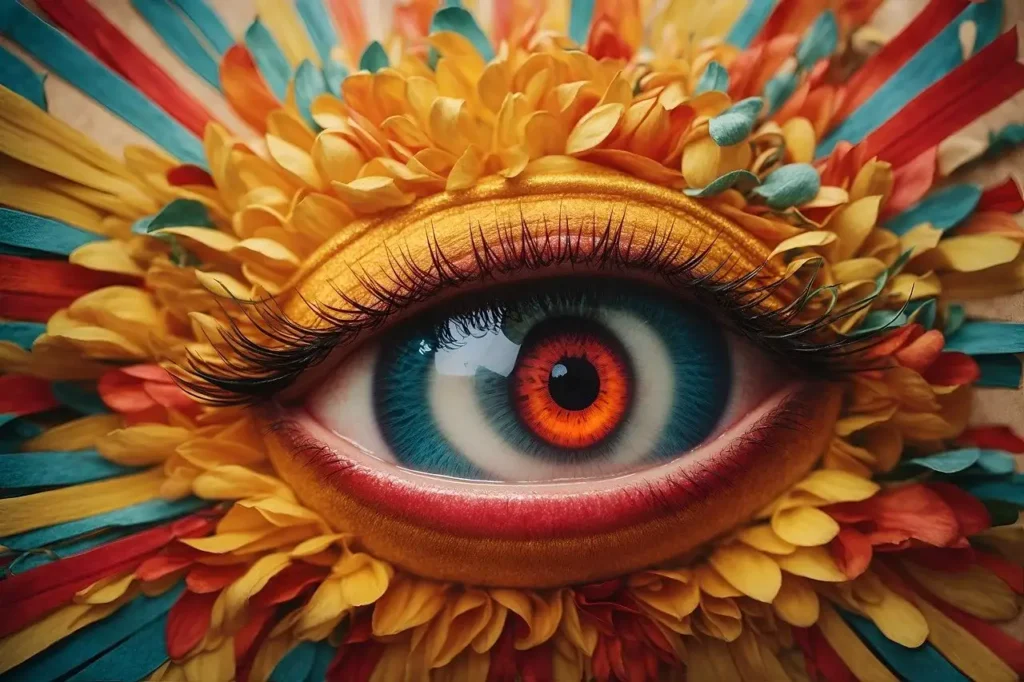
Have you ever walked into a room and immediately felt a certain way without knowing why? Chances are, the colors in that room played a significant role in shaping your emotions and mood. Color psychology, the study of how colors impact human behavior and emotions, is a fascinating field that has far-reaching implications in our daily lives, especially in the context of interior design. In this blog, we’ll delve into the psychology of color and explore how different hues can influence your mood and overall well-being.
The Power of Color
Before we dive into the specifics, let’s acknowledge the fundamental role color plays in our lives. Colors are not just visual stimuli; they evoke feelings, memories, and even physical sensations. They can spark joy, calmness, excitement, or even sadness. Designers, marketers, and psychologists understand the power of color and use it strategically to influence human behavior.
Warm Colors: Energy and Passion
Warm colors like reds, oranges, and yellows are often associated with energy, passion, and vibrancy. They can stimulate the senses and evoke feelings of warmth and enthusiasm. However, they can also be intense and, in excess, may lead to feelings of agitation or stress.
- Red: This powerful color is known to increase heart rate and blood pressure. It’s associated with love, excitement, and sometimes even anger. In interior design, a touch of red can add drama and intensity to a space.
- Orange: Orange combines the energy of red with the cheerfulness of yellow. It’s often seen as a friendly and invigorating color. In a room, it can create a sense of warmth and playfulness.
- Yellow: Yellow is the color of sunshine and happiness. It’s known to boost mood and creativity. However, excessive yellow can be overwhelming, so it’s often used as an accent color.
Cool Colors: Calm and Serenity
Cool colors, including blues, greens, and purples, are associated with calmness, serenity, and relaxation. They have a soothing effect on the mind and body but can sometimes feel cold or distant if used excessively.
- Blue: Blue is often linked to tranquility and is known to lower heart rate and reduce stress. It’s a popular choice for bedrooms and bathrooms to create a calming atmosphere.
- Green: Green represents nature and growth, making it a symbol of renewal and harmony. It’s an excellent choice for spaces where relaxation and balance are desired.
- Purple: Purple is associated with luxury, creativity, and spirituality. It can be both calming and stimulating, depending on the shade. Light purples like lavender are particularly soothing.
Neutral Colors: Versatility and Balance
Neutral colors, such as whites, grays, and browns, provide a sense of balance and versatility. They serve as a backdrop for other colors and can adapt to various moods and design styles.
- White: White represents purity and simplicity. It can create a sense of spaciousness and is often used to make small rooms appear larger.
- Gray: Gray is a neutral color that can be both calming and sophisticated. Light gray can feel airy, while dark gray adds depth and drama.
- Brown: Brown is associated with earthiness and stability. It can create a warm and cozy ambiance, especially when used in wood textures.
Personal Preferences Matter
It’s important to note that individual responses to color can vary based on personal experiences, cultural backgrounds, and even age. What matters most is how a color makes you feel personally. When decorating your home, consider the mood you want to create in each room and choose colors that resonate with you.
In conclusion, the psychology of color is a powerful tool in interior design and can significantly impact your mood and well-being. Whether you want to create an energizing workspace, a serene bedroom, or a cozy living room, understanding the psychological effects of color can help you make informed choices and design spaces that enhance your quality of life. So, go ahead, paint your world in the colors that bring you joy and harmony.
